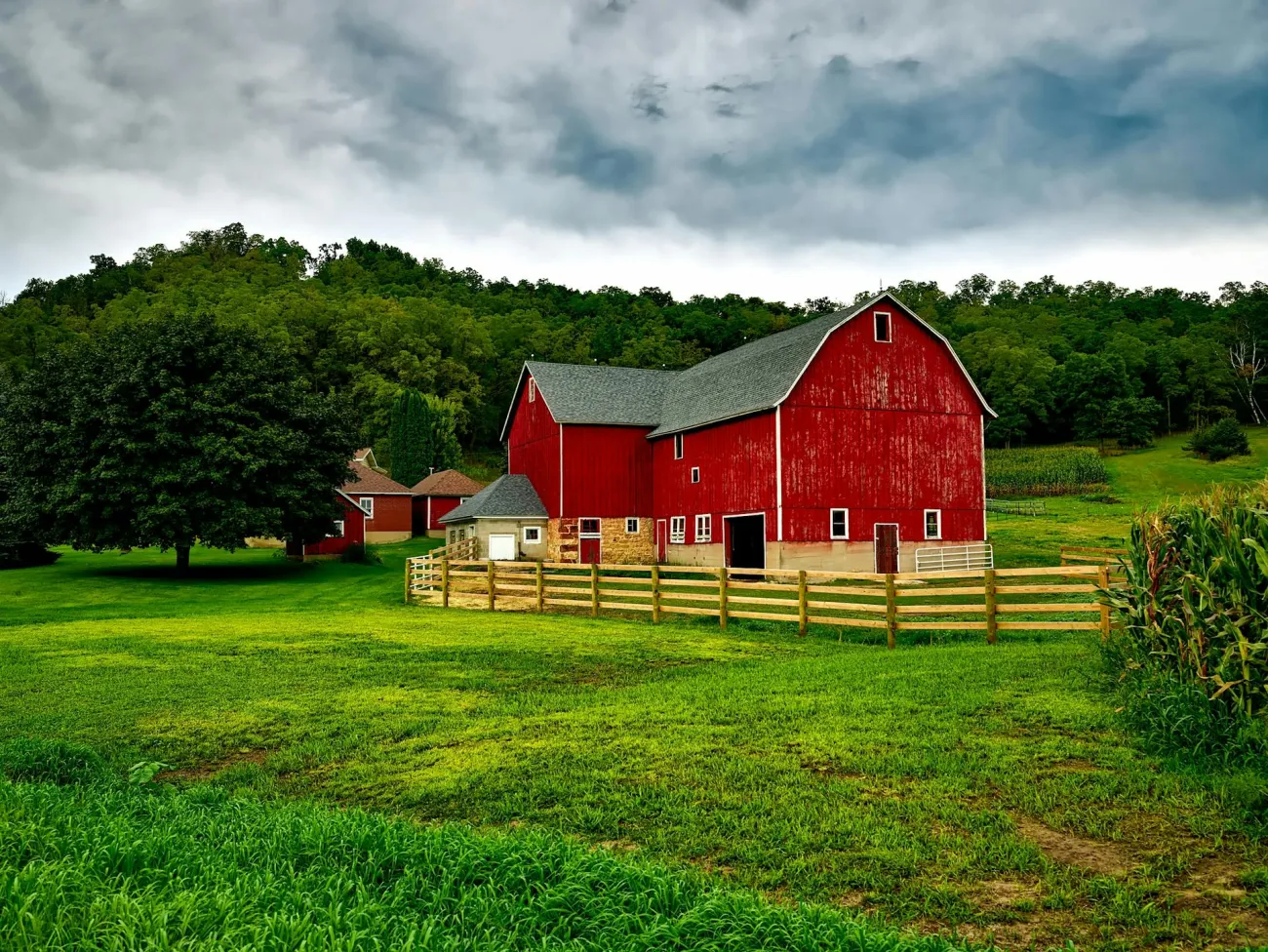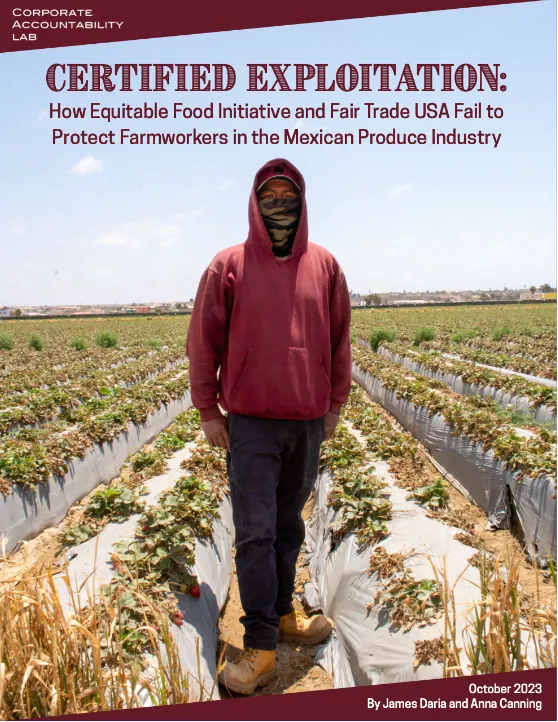The USDA has published a report entitled Climate Change and Agriculture in the United States: Effects and Adaptation. Written by 56 expert authors from Federal service, universities, and non-government organizations, it reviews the evidence available of the expected consequences of climate change on U.S. agriculture, focusing on the next 25 to 100 years.
Key points as follows:
- Overall: Climate change effects over the next 25 years will be mixed. Continued changes by mid-century and beyond, however, are expected to have generally detrimental effects on most crops and livestock.
- Crop production: Crop production is influenced by complex relationships with temperature, precipitation, carbon dioxide concentrations, weeds, pests, and disease. As temperatures increase, crop production areas may shift to regions where the temperature range for optimal growth and yield have moved, though production in any given location will be more influenced by available soil water during the growing season. Weed control costs total more than $11 billion a year in the U.S.; those costs are expected to rise with increasing temperatures and carbon dioxide concentrations.
- Livestock production: Deviations from the narrow range of optimal core body temperatures for any specific type of livestock can damage performance, production, and fertility, limiting the production of meat, milk, or eggs. Changes in forage type and nutrient content will likely influence grazing management needs. Insect and disease prevalence are expected to increase under warmer and more humid conditions, diminishing animal health and productivity.
- Extreme events: Changes in climate increasingly compromise the ability of ecosystems to provide necessary services to agriculture, including water quality and quantity. Projections suggest increased variability in temperature and precipitation. Extreme events including dry spells, sustained droughts, and heat waves, can have large effects on crops and livestock. Although climate models are limited in their ability to predict the timing of individual extreme events, we can discern an increase in the incidence and intensity of such events. The timing of extreme events could affect sensitive stages of crop growth, and may place greater stresses on livestock, affecting the productivity of both crops and animals in the U.S. agricultural system.
- Adaptation strategies: These include shifts in the timing of farming operations, selection of specialized crop and livestock varieties, pesticide use, technology, and other sustainable practices to increase resiliency. In the short term, these strategies will provide substantial adaptive capacity, protecting domestic producers and consumers from many of the effects of climate change - except the occurrence of protracted extreme events, such as drought. In the longer term, adaptation may be more difficult and costly as plant and animal species’ physiological limits are exceeded more frequently and crop and livestock system productivity become less predictable.
- Economic impacts: In the short term U.S. cropland agriculture will be fairly resilient to climate change, with expansion of irrigated acreage, regional shifts of crop acreage, and other adjustments partially compensating for yield effects caused by changing climate patterns. The degree of economic impact will vary regionally, with producers in some areas of the U.S. potentially benefitting and others suffering losses as a result of yield changes, adjustments to prices, and increased risk and economic variability. In the longer temperatures continue to increase and other changes in climate become more pronounced. There remains a great deal of uncertainty about likely economic impacts due to uncertainty about climate projections and abiotic impacts as well as to limitations of research scope, including a common failure to address weather extremes, to incorporate potential pest impacts, and to consider climate impacts on livestock and non-commodity crops in a sophisticated way. Furthermore, considering climate effects on domestic yields alone is generally a poor predictor of U.S. welfare measures; domestic markets are highly interconnected with international markets and are therefore sensitive to yield and production changes worldwide.




Comments (0)